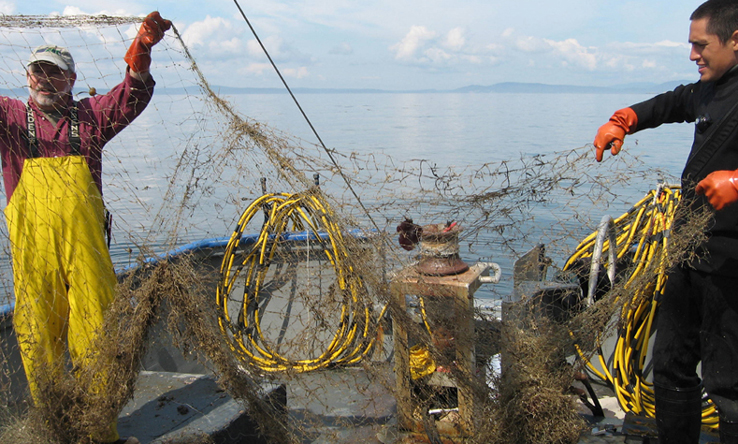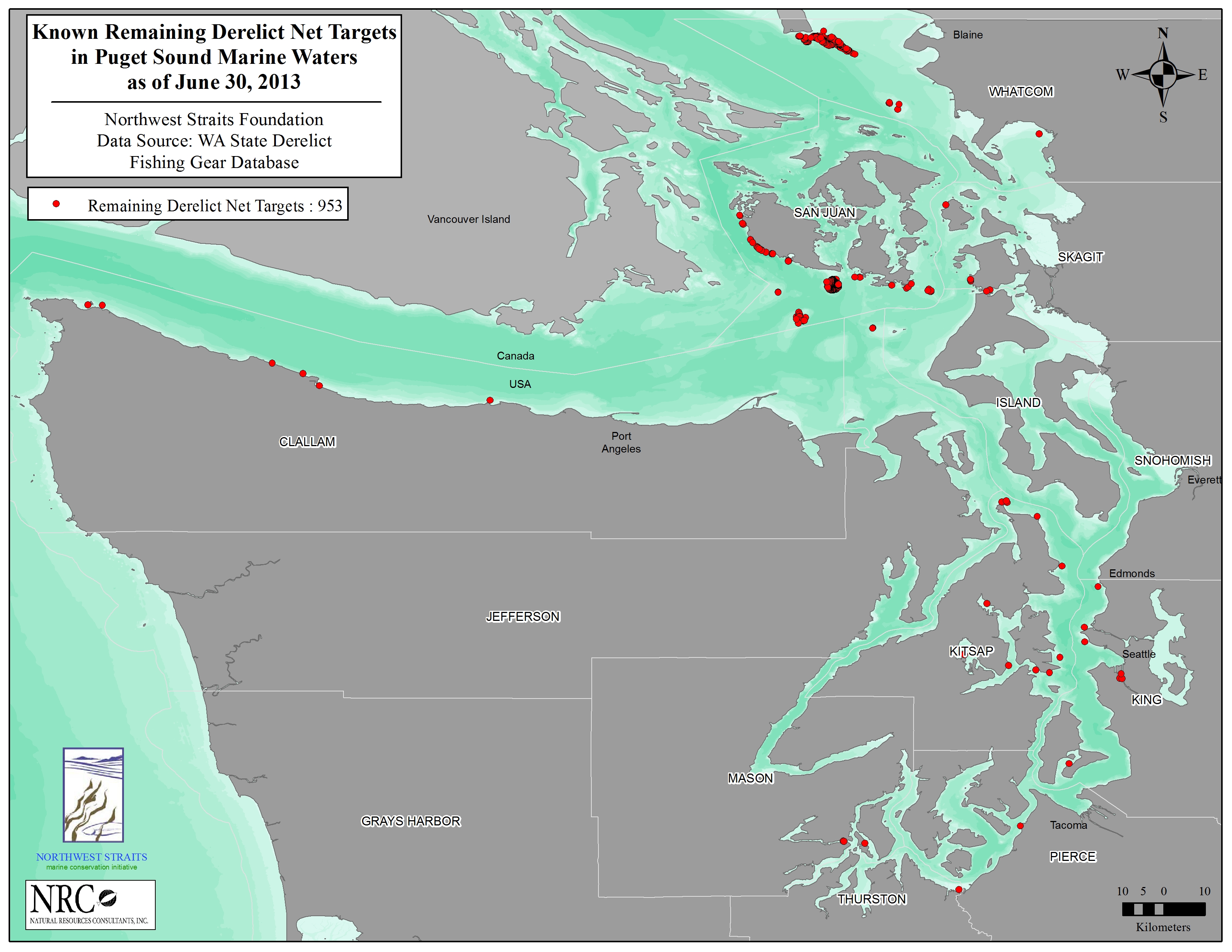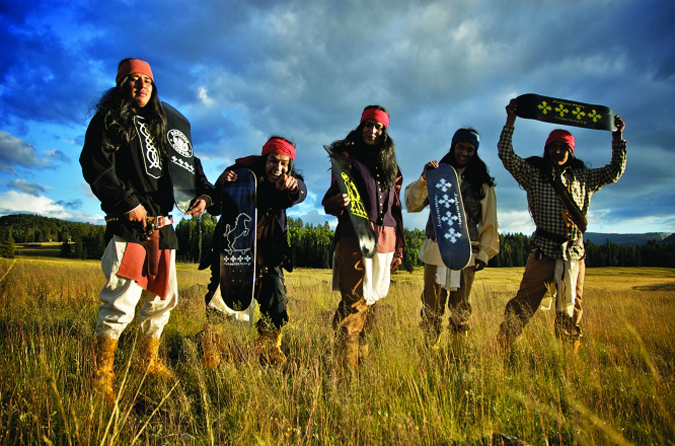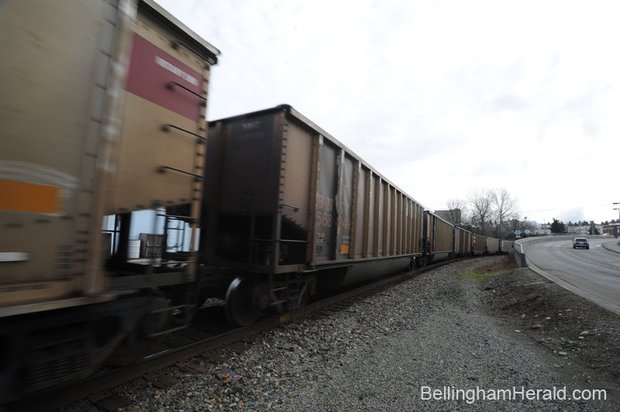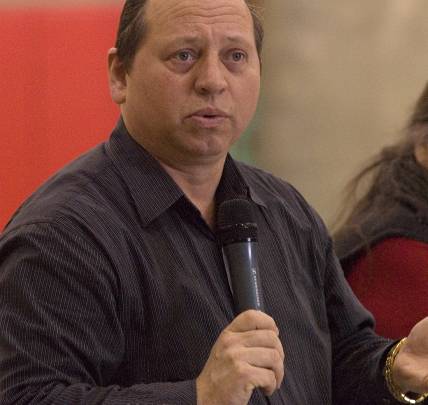Haggen has recalled some ground beef because of the threat of E. coli, but none of it was sold at stores in Whatcom County.
If you bought beef under the NatureSource label at Haggen or TOP Food stores outside Whatcom County, you might be affected.
Here is the information from Haggen.
Posted by DEBBIE TOWNSEND on August 1, 2013 The Bellingham Herald

BELLINGHAM, Wash. (August 1, 2013) — In an abundance of caution, Haggen, Inc. today announced it is issuing a recall prompted by a nationwide recall from ground beef supplier National Beef Packing Company. National Beef announced the recall of approximately 50,100 pounds of ground beef due to a sample testing positive for E. coli O157:H7. There have been no reported illnesses related to the recall.
Haggen’s recall is isolated to the 97% lean ground beef sold under the NatureSource label produced on July 18, 2013, with a use by/freeze by date of August 7, 2013.
The recalled item was sold in Haggen stores in Snohomish and Oregon City, as well as TOP Food & Drug stores in Olympia, Woodinville and Grays Harbor, Washington.
Haggen has removed the affected product from its stores and initiated its customer recall notification system. The company is asking customers of the affected stores to carefully check their refrigerators and freezers for recalled ground beef. Any opened or unopened products included in this recall should not be consumed and should be returned to their local Haggen or TOP Food & Drug store for a full refund.
Consumers who have questions about the recall may contact Haggen at 1-360-733-8720 or may contact National Beef’s consumer relations toll free at 1-800-449-BEEF.
U.S. Department of Agriculture’s Food Safety and Inspection Service advises all consumers to safely prepare their raw meat products, including fresh and frozen, and only consume ground beef that has been cooked to a temperature of 160° F. The only way to confirm that ground beef is cooked to a temperature high enough to kill harmful bacteria is to use a food thermometer that measures internal temperature.


